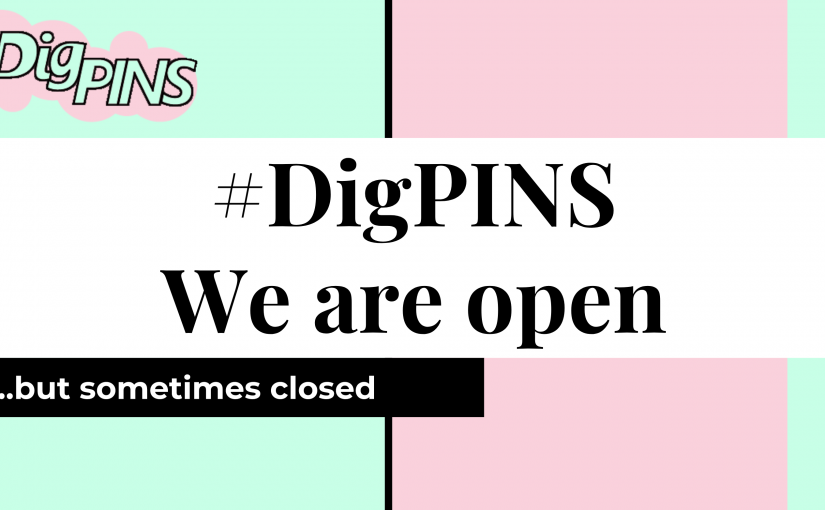-

Is a space
For some time now I’ve used “Is a liminal space” as my tagline and it has always intrigued me how people latch on to the…
-

Is it possible to ban remote proctoring?
This post is co-authored and jointly published with Sarah Silverman ~~ The harms of remote proctoring have been so extensively documented that some educational institutions…
-
 Digital Citizenship Digital Environments Digital Identity Live Streaming Media Studies Surveillance Virtually Connecting
Digital Citizenship Digital Environments Digital Identity Live Streaming Media Studies Surveillance Virtually ConnectingThe Zoom Gaze
Note: On December 7th I expanded my thinking on the concept of the Zoom Gaze into a full-length article with Real Life Magazine which you…
-

Becoming, Making, and How Do We Do Equity: some quick thoughts as an informal lit review
I was given a pretty cool opportunity last week to think with some pretty cool people about equitable design of digitally-distributed, studio-based STEM learning environments…
-
 Digital Citizenship Digital Environments Digital Identity Digital Networks Digital Pedagogy Digital Scholarship DigPINS Open Education Rhizomatic Learning
Digital Citizenship Digital Environments Digital Identity Digital Networks Digital Pedagogy Digital Scholarship DigPINS Open Education Rhizomatic Learning#OpenEd18 Lightning Talk: #DigPINS, We are Open … But sometimes closed
I’ve made it to Open Ed 2018 and I’m excited to present a lightning talk on Friday at 3:30 – 3:45 with Sundi Richard and…
-

#DigCiz Reflections and a #DigPed Workshop
We just wrapped up a month long #DigCiz conversation and it was really unlike any of the others. It was bigger for one thing. I…